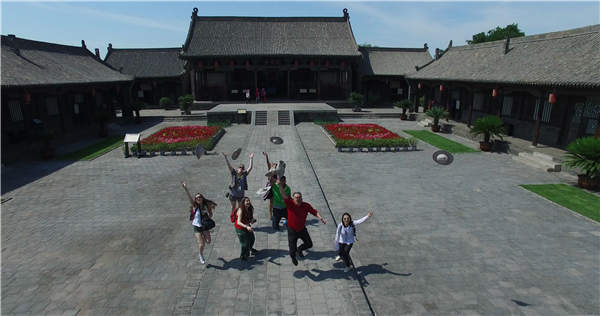On a green carpet through time
Updated: 2016-07-13 08:12
By Liu Zhihua, Paige Sheffield and Sun Ruisheng(China Daily)
|
||||||||
A visit to Shanxi province takes you back through Chinese dynasties, and you will lap up the exquisite scenery along the way. Liu Zhihua, Paige Sheffield and Sun Ruisheng report in Shanxi.
One of the first things Chinese are apt to think of when talk turns to Shanxi is coal. That's because the province is full of the stuff, and for many a year its economic prosperity has been intricately intertwined with what comes out of the ground.
However, anyone thinking about visiting Shanxi should quickly disabuse themselves of the idea that what awaits them is kilometer after kilometer of bleak coal fields.
Instead prepare yourself for an adventure of discovery that will take you back to various Chinese dynasties even as you lap up the scenery-much of it cloaked not in black but sumptuous green. For those traveling from Beijing the added beauty of all this is that it is a mere three and a half hours away by high-speed train.
The province's name literally translates as west of the mountains, reflecting its proximity to the Taihang Mountains. To the province's east lies Hebei, to its south Henan, to its west Shaanxi and to its north the Inner Mongolia autonomous region.
The province has a population of 36 million living within its 156,000 square kilometers, whose diversity takes in its sprawling natural beauty and rich cultural heritage as well as its modernity and industrial firepower, epitomized by the capital, Taiyuan. This city has a special place in Chinese history, having been an important region in northern China during many dynasties.
For those looking for a touch of the old, one place to go is the ancient town of Pingyao, 80 km to the south, which was listed as a World Cultural Heritage Site in 1997.
- The South China Sea Arbitration: Illegal, Illegitimate and Invalid
- Theresa May set to be UK's next Prime Minister after rival stands down
- Killing of UN Chinese peacekeepers slamed
- UK's Cameron hums merry tune after announcing PM handover moves
- Manhattanhenge seen in New York
- Philippine, Japan coast guards to hold exercise off Manila Bay

 Tim Duncan announces retirement after 19 seasons with Spurs
Tim Duncan announces retirement after 19 seasons with Spurs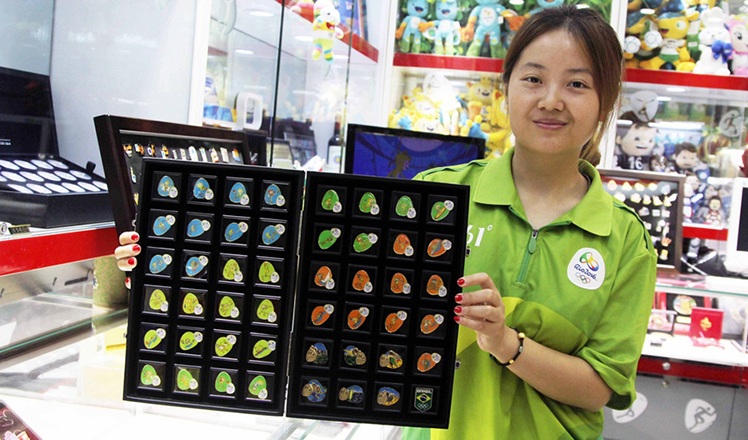
 Merchandize for Rio 2016 a hit in run-up to games
Merchandize for Rio 2016 a hit in run-up to games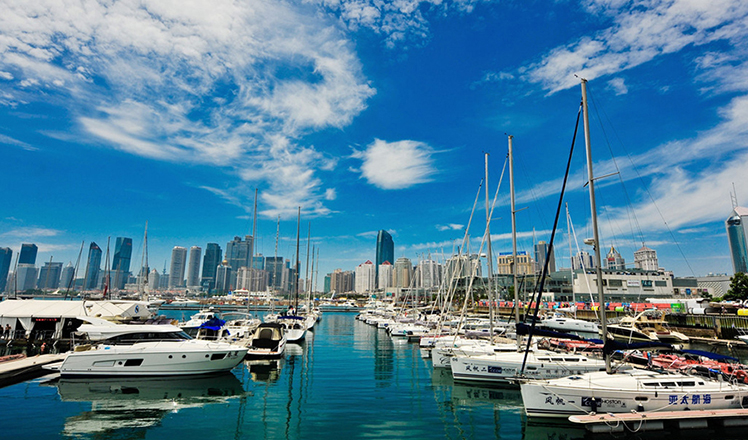
 Top 10 best Chinese cities to own a house
Top 10 best Chinese cities to own a house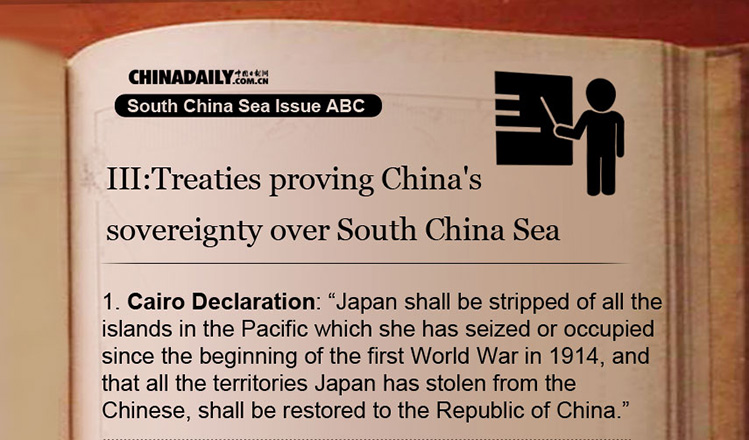
 Getting to know South China Sea Issue
Getting to know South China Sea Issue
 Ronaldo-less Portugal wins Euro 2016 title
Ronaldo-less Portugal wins Euro 2016 title
 Chinese navy fleet joins RIMPAC 2016 open day
Chinese navy fleet joins RIMPAC 2016 open day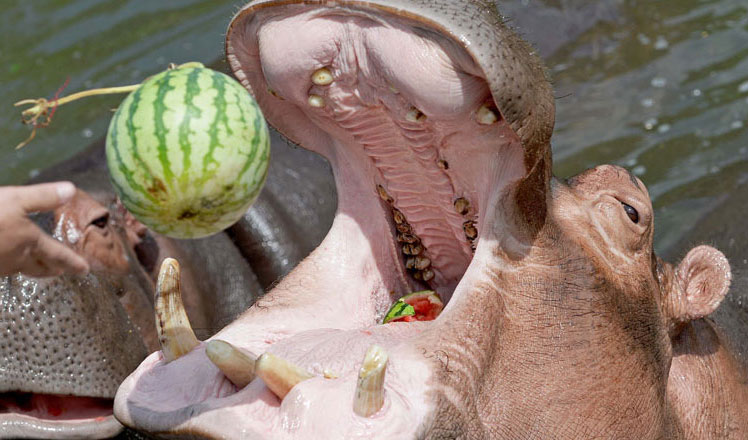
 Staying cool at the zoo amid Shanghai heat wave
Staying cool at the zoo amid Shanghai heat wave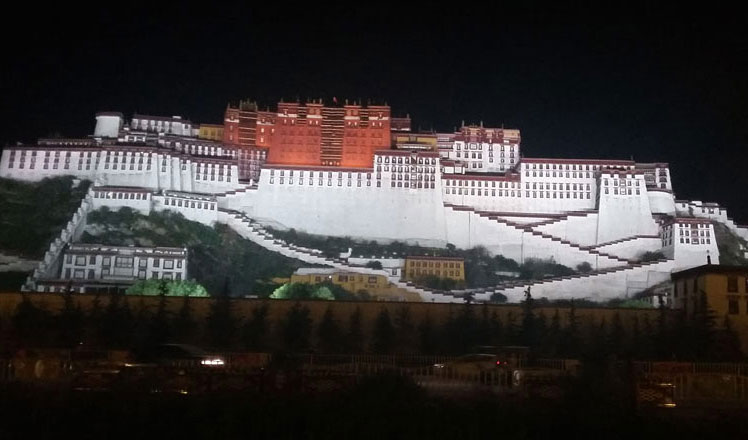
 Tibet through the lens of China Daily reporter
Tibet through the lens of China Daily reporter
Most Viewed
Editor's Picks

|

|

|

|

|

|
Today's Top News
Ministry slams US-Korean THAAD deployment
Two police officers shot at protest in Dallas
Abe's blame game reveals his policies failing to get results
Ending wildlife trafficking must be policy priority in Asia
Effects of supply-side reform take time to be seen
Chinese State Councilor Yang Jiechi to meet Kerry
Chinese stocks surge on back of MSCI rumors
Liang avoids jail in shooting death
US Weekly

|

|
